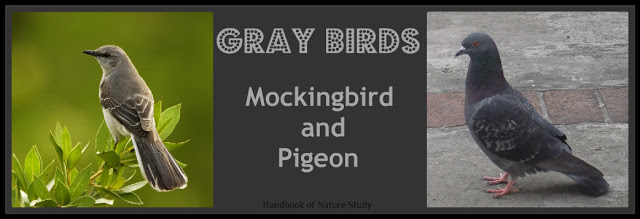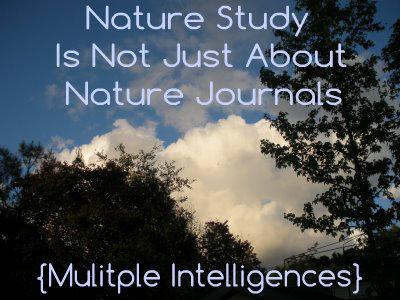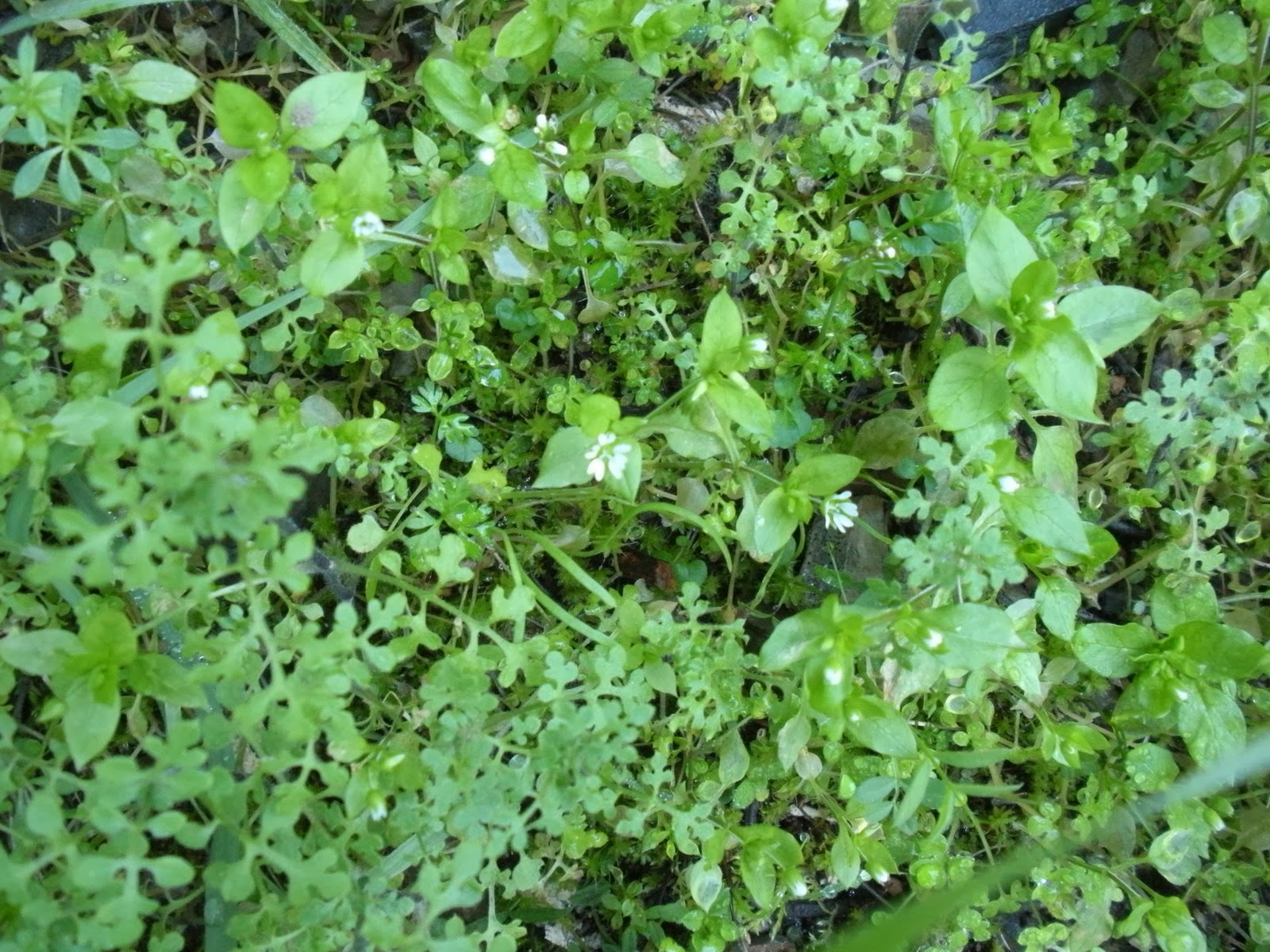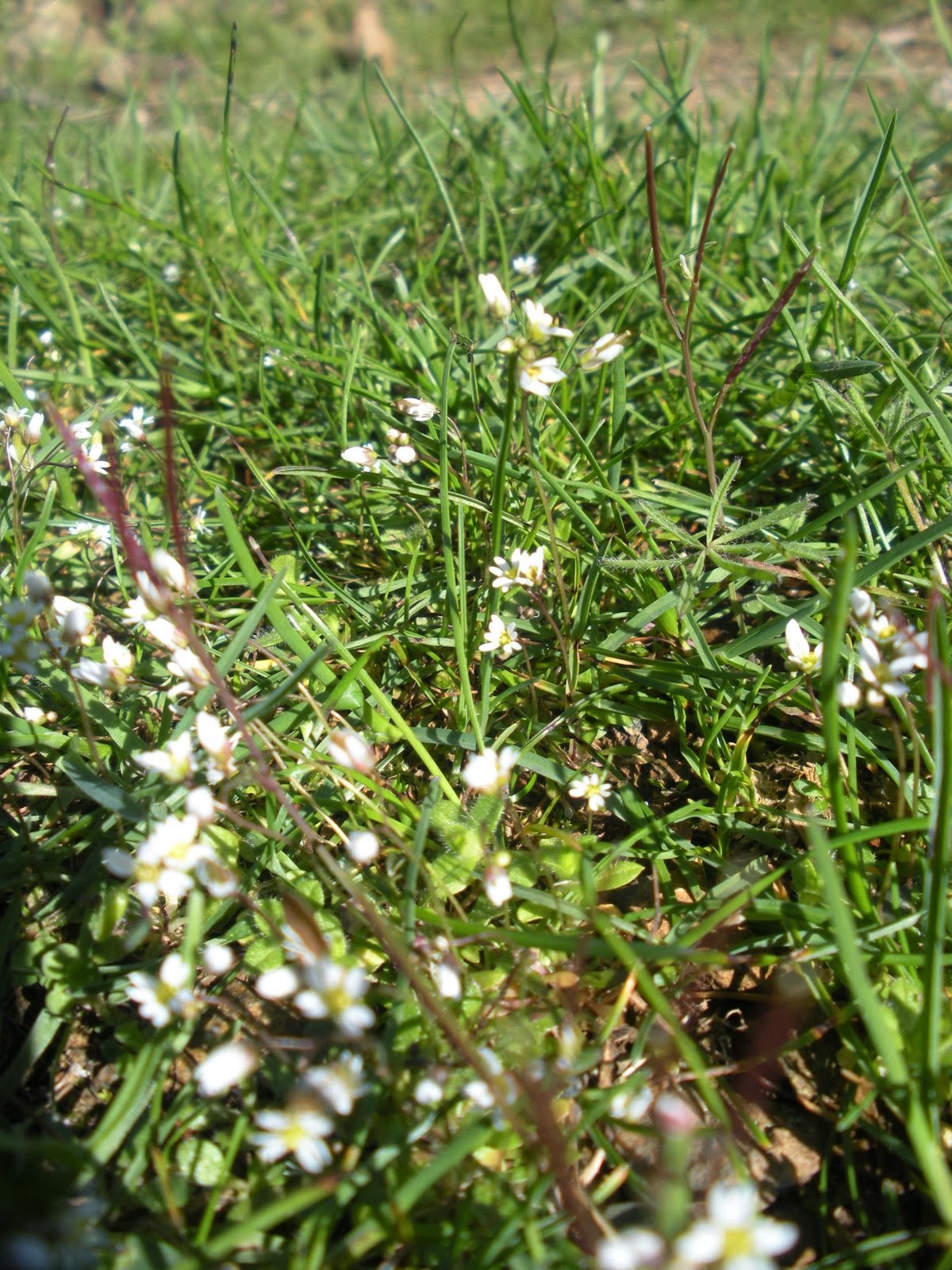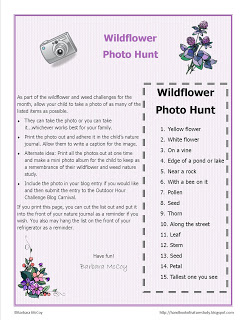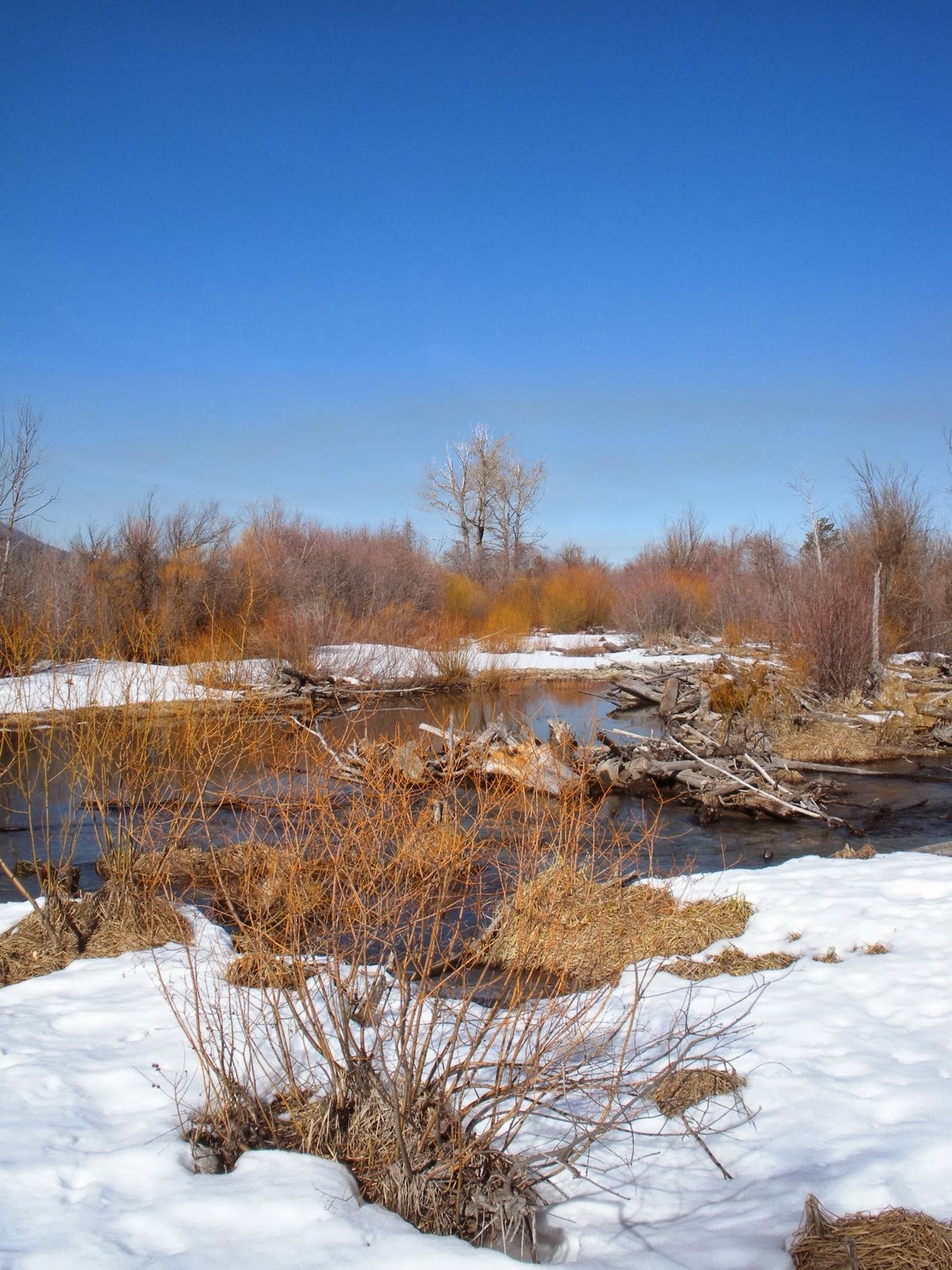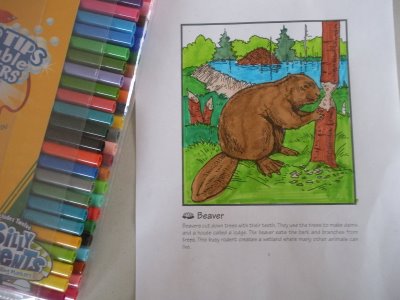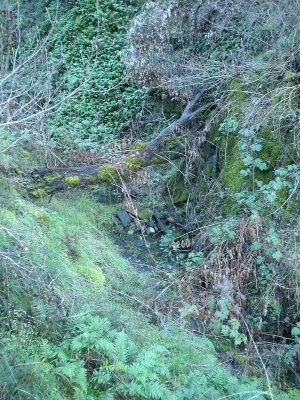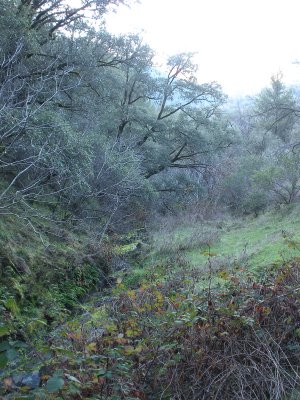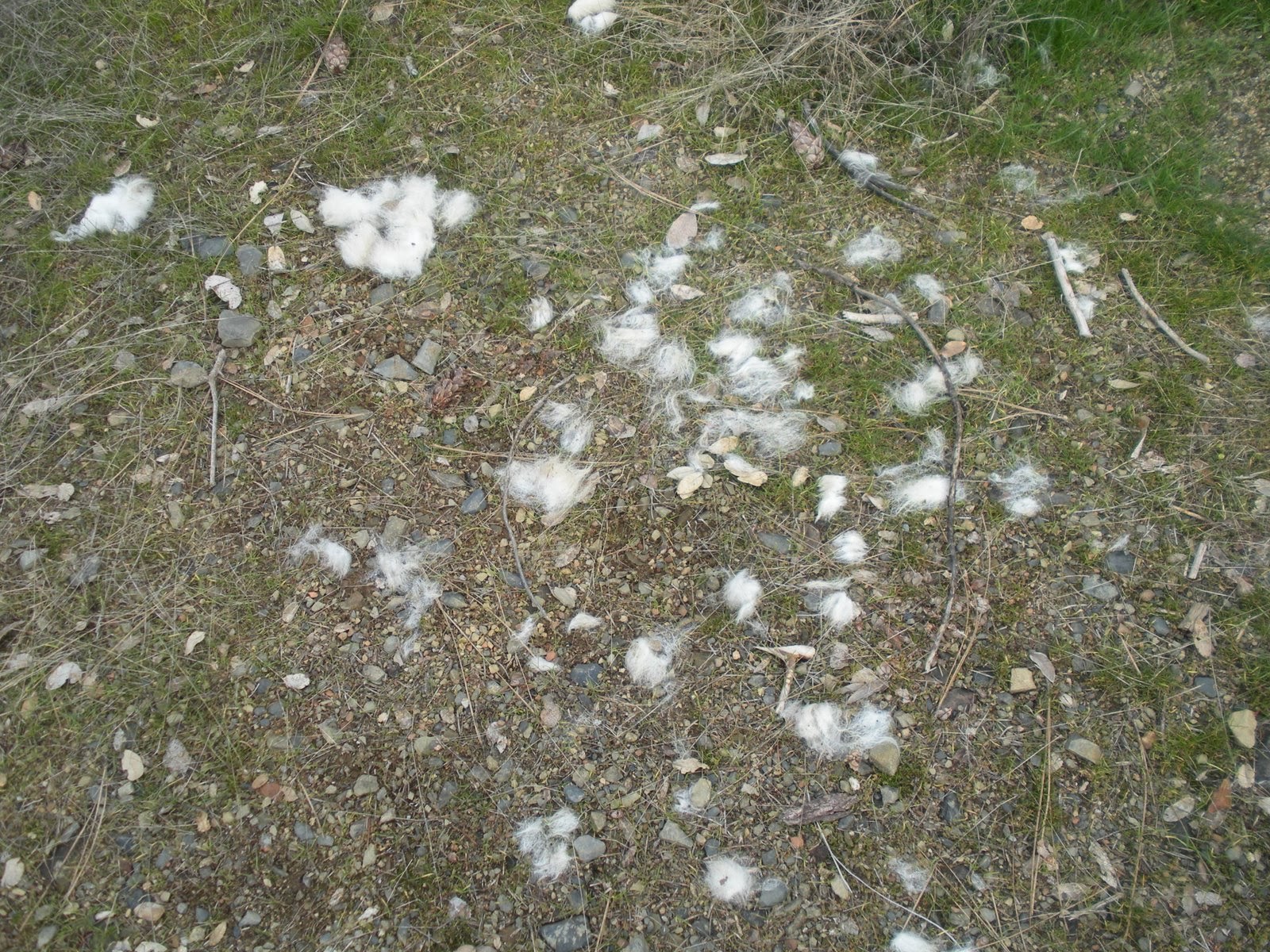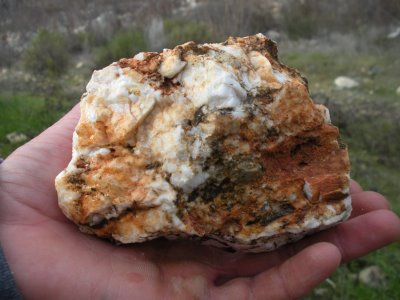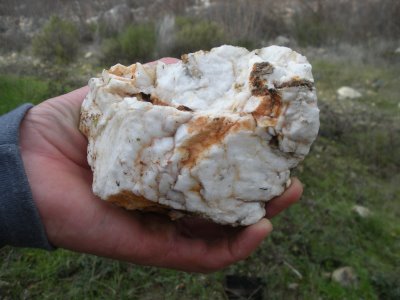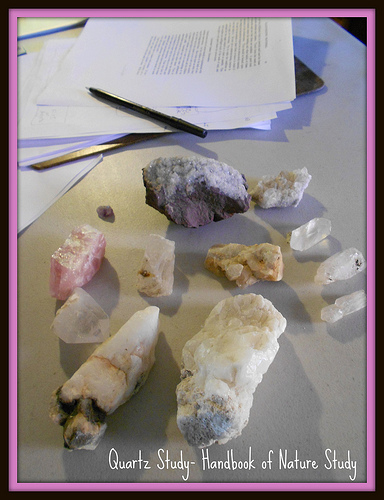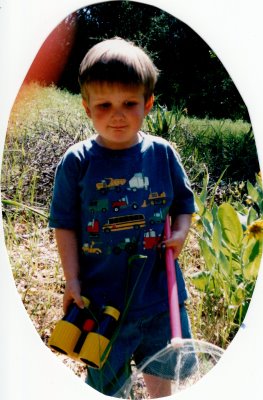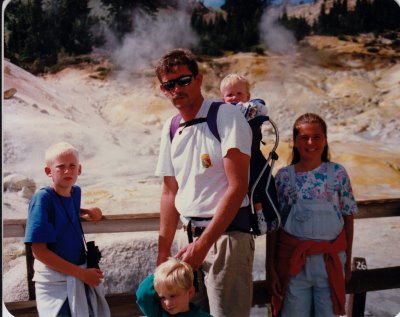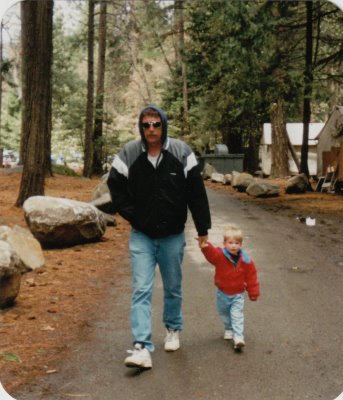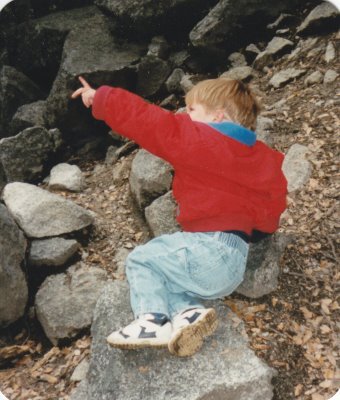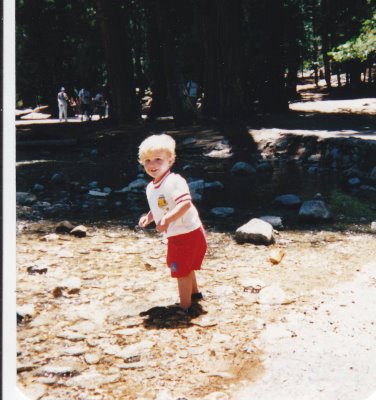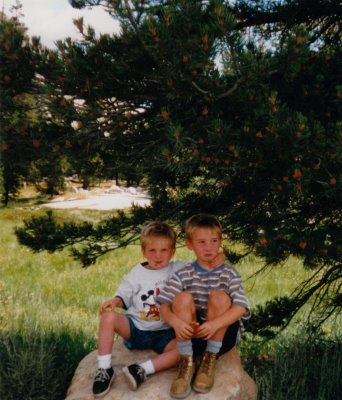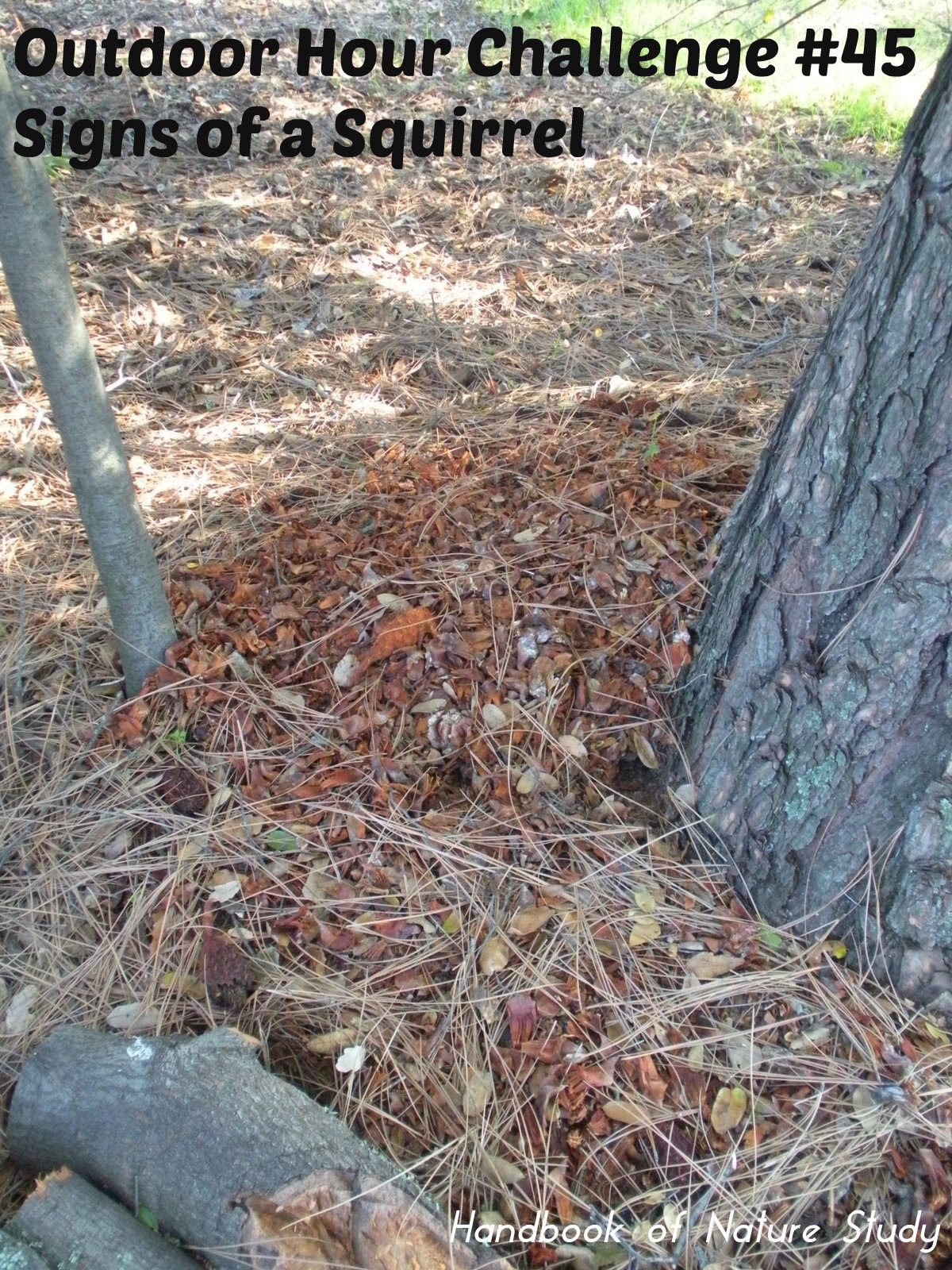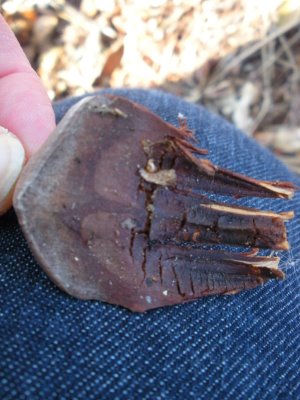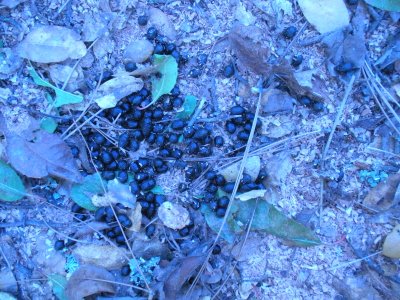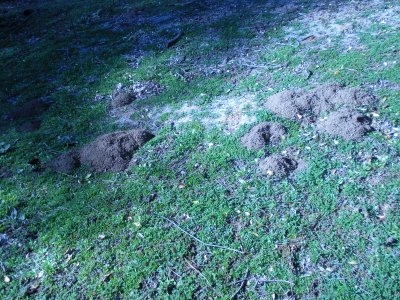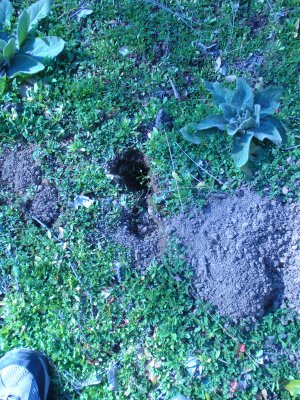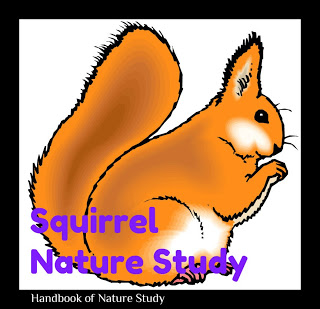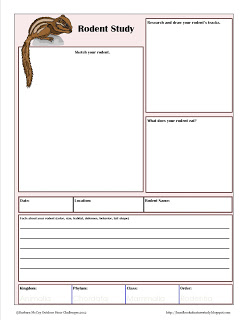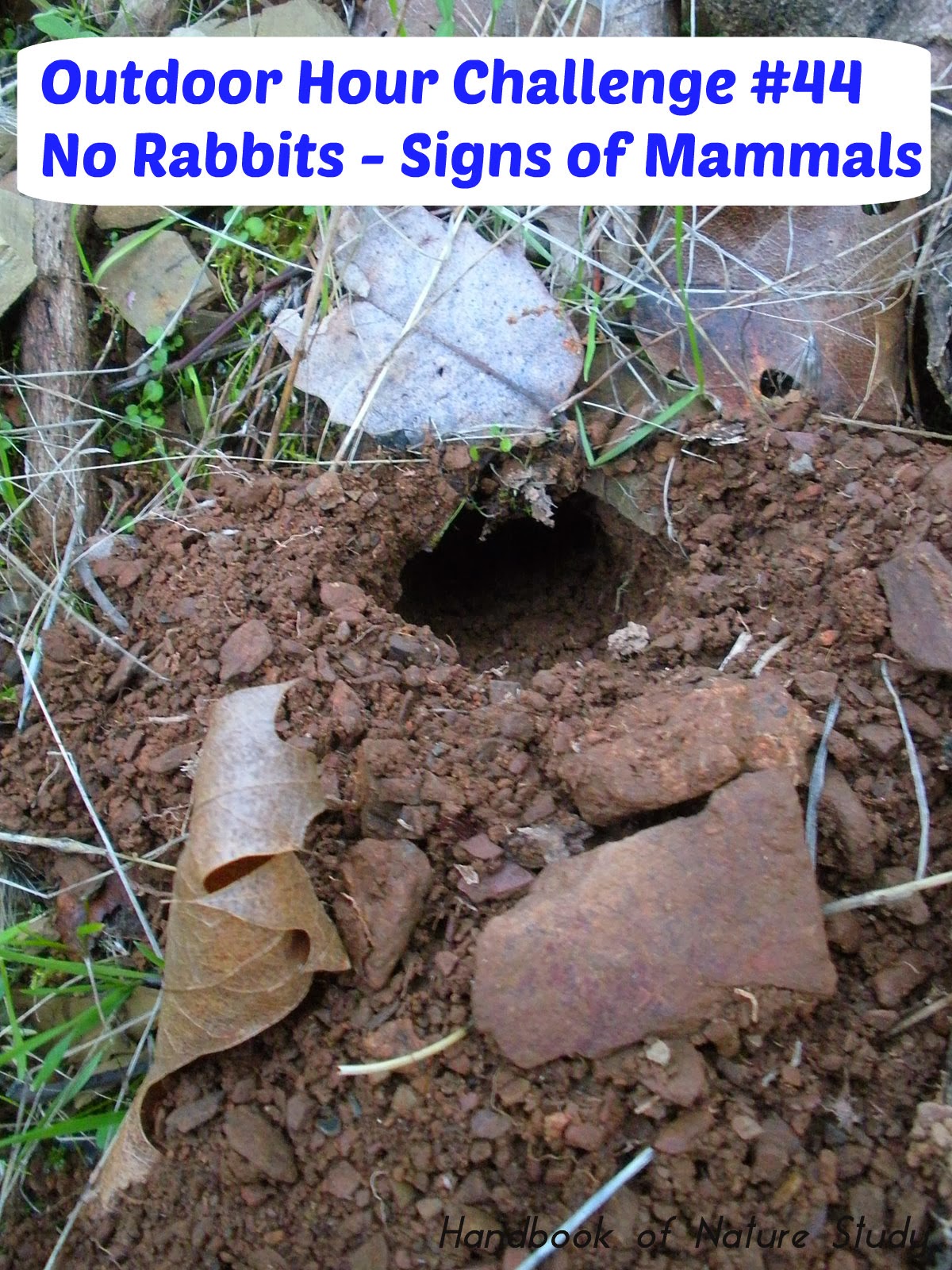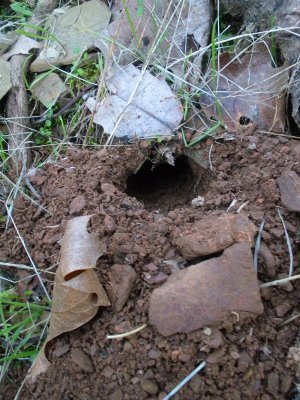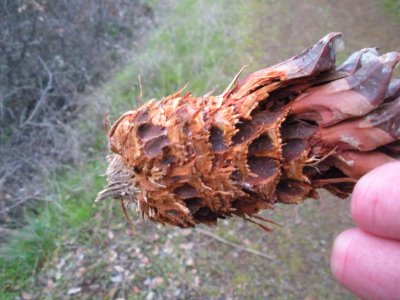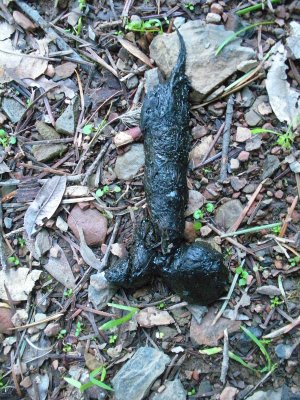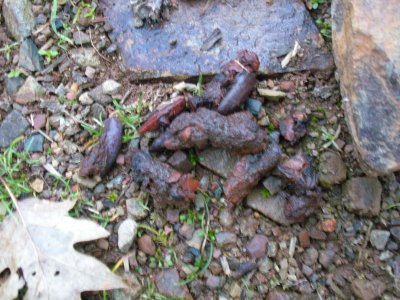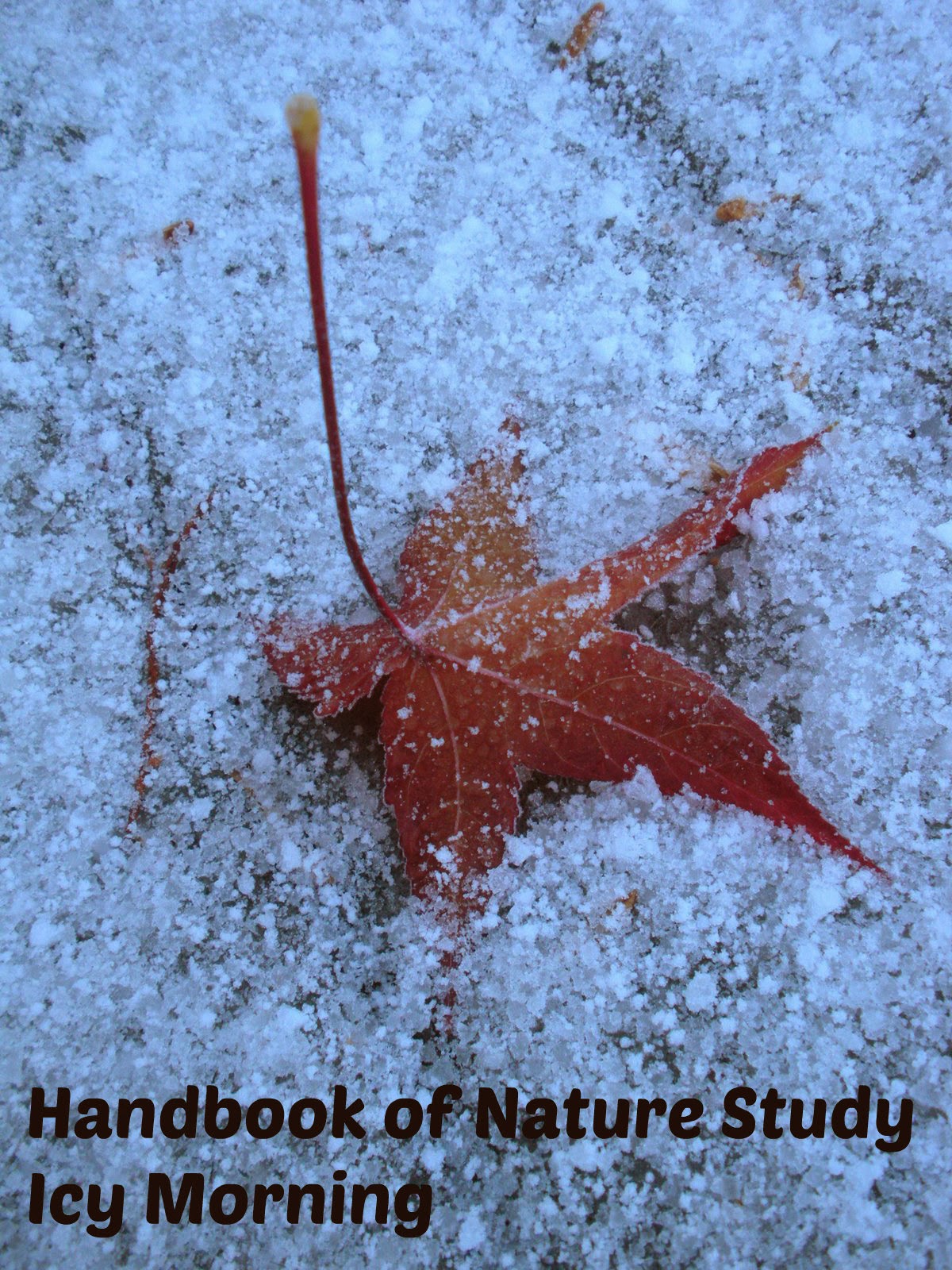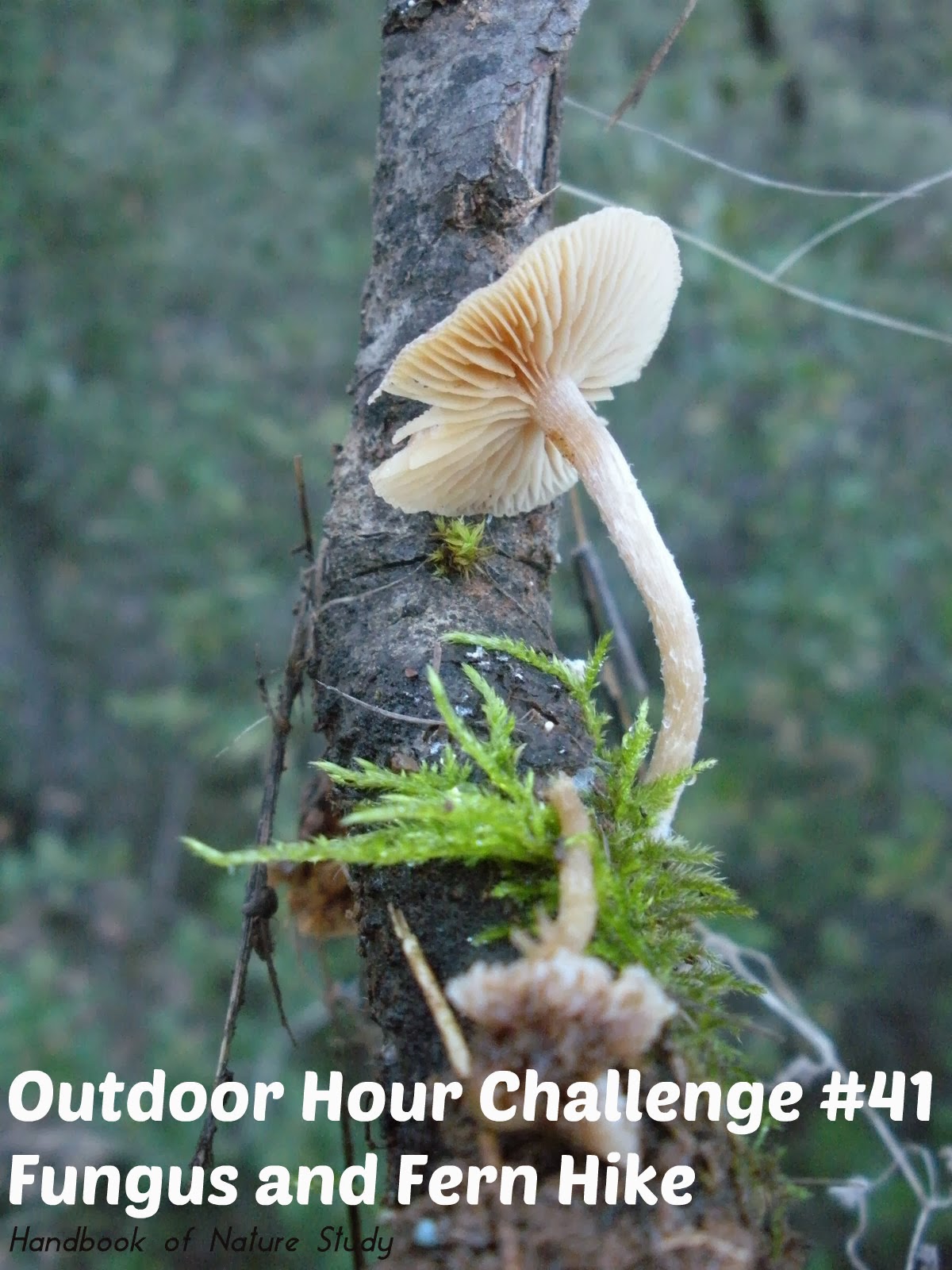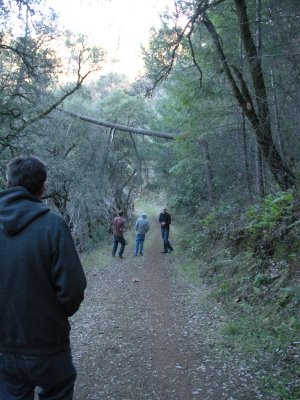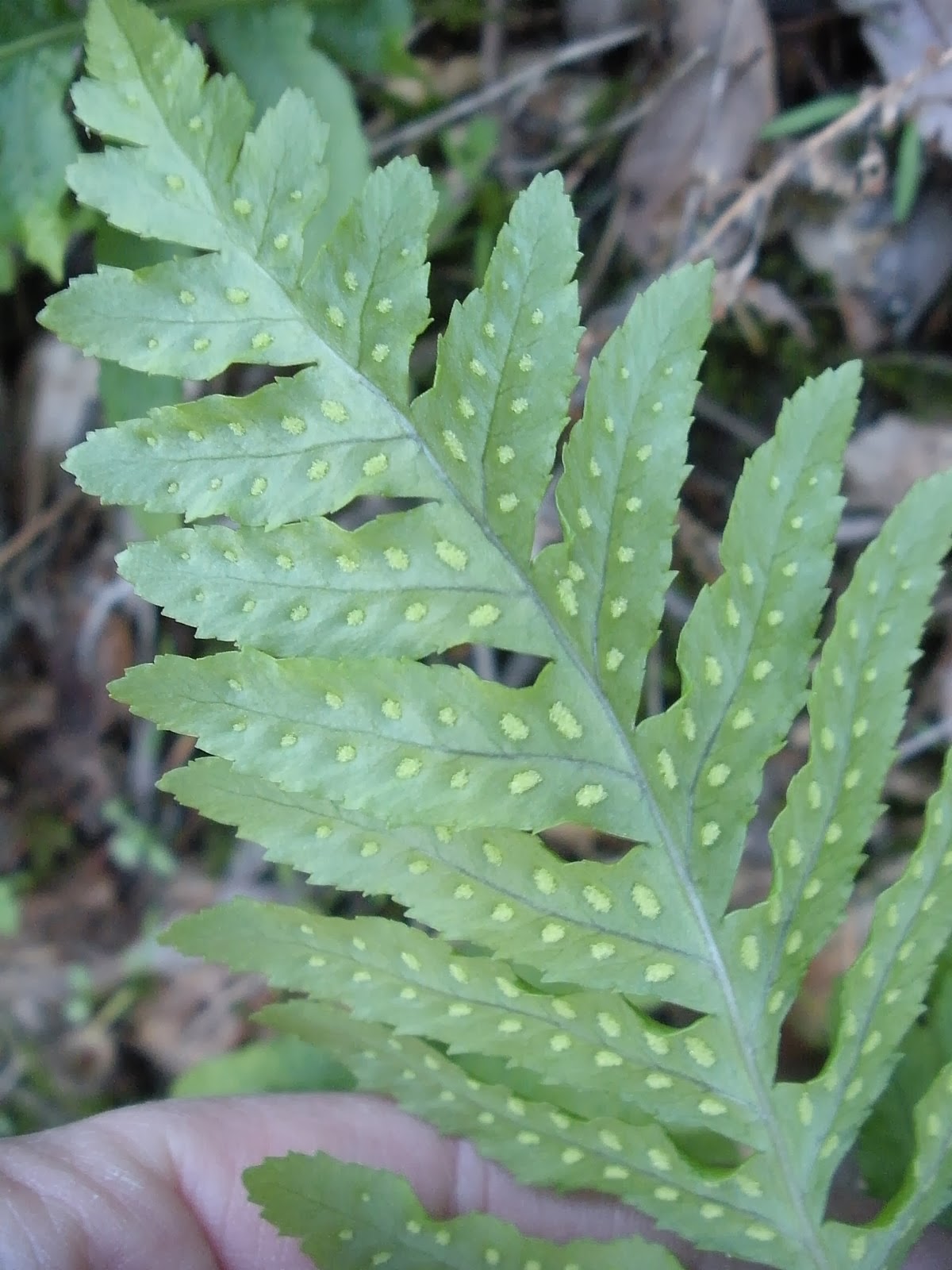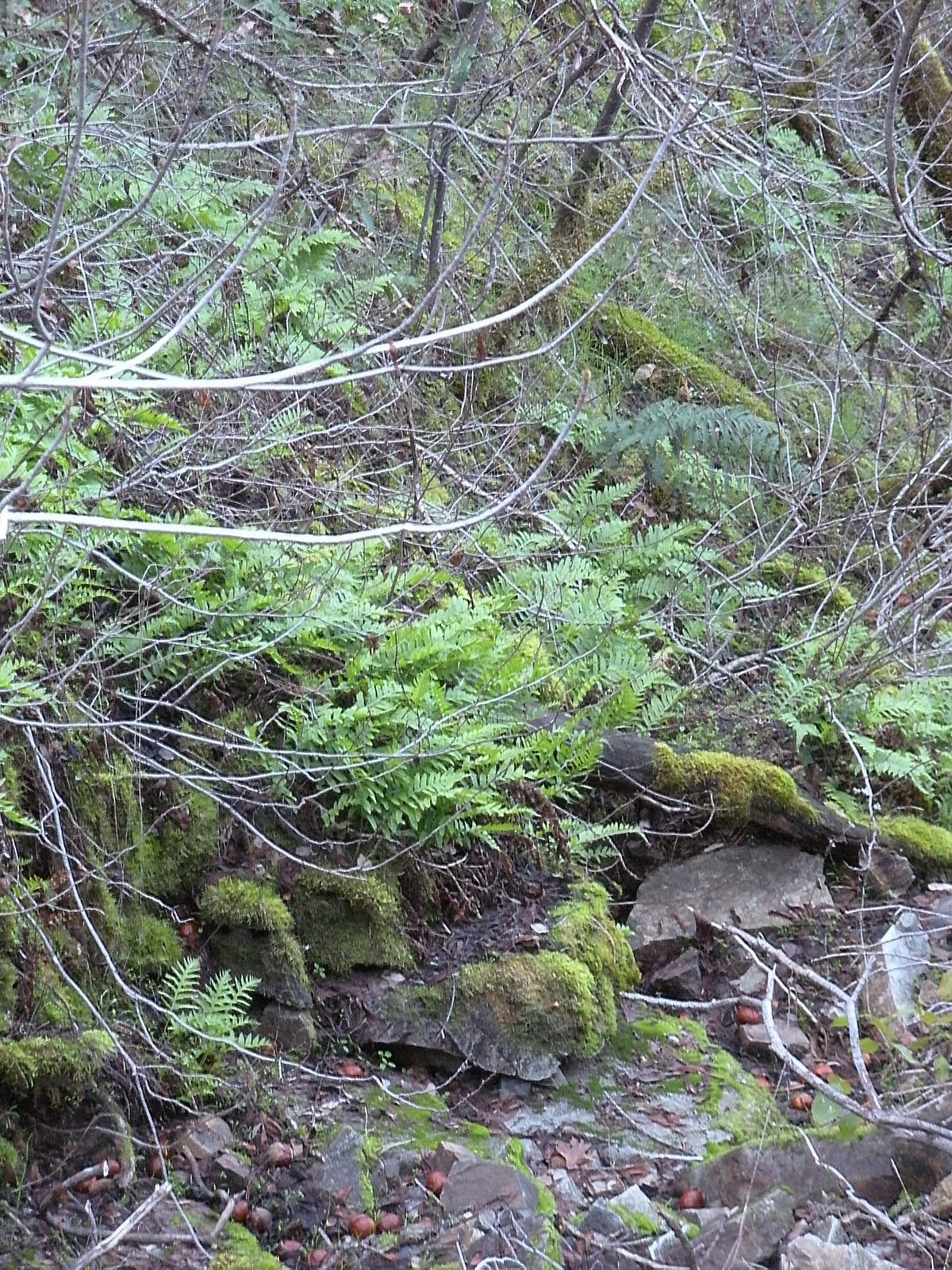We are to our very last bird challenge of this series. I can’t tell you how much our family has enjoyed learning more about the familiar birds in our neighborhood. Each bird is now a little bit more of a friend since taking some time to read and observe more about them.
Along with learning more about our backyard birds, we also have learned to identify different aspects of the bird and its behavior. We learned about the beaks, the feet, the eyes, and the feathers of many birds that we may some time come in contact with during our outdoor time. This knowledge is knowledge that we can apply to all birds and I know we are getting better at identifying birds since we took time to read through our field guide.
Outdoor Hour Challenge Birds #8
Gray Birds
Pigeon and Mockingbird
Inside Preparation Work:
1. Read the section in the Handbook of Nature Study about pigeons on pages 50-53. I found the information very interesting so don’t be tempted to skip it because you think you know all there is to know about pigeons.
Also read pages 91-94 about the mockingbird.
2. Read in the Handbook of Nature Study the section on the migrations of birds on pages 35-37.
“Birds that travel are called migratory birds. If the spring migrants remain with us for the summer, we call them our summer residents. Fall migrants that remain with us for the winter are called winter residents. The migrants that do not remain with us but pass on to spend the summer or winter in some other area are called our transients or visitors.”
Handbook of Nature Study, page 36
3. Read in Backyard Birds pages 44-47 about the pigeon and the mockingbird. You can follow the links above to AllAboutBirds.org and click on the button to listen to a recording of each bird call. If you are keeping a list of bird calls (see challenge 5), you can add this week’s birds to your list.
4. Peterson Field Guide: Use the index to look up the pigeon and the mockingbird. Use the information to learn more about the field marks and the behavior of each of these birds. Use the maps at the back of the field guide to determine the range and/or migratory patterns of this weeks birds or any of the other birds we have studied during the challenges. You will find the correct map by looking up the entry and then noticing the “M” code that will correspond with a map in the back of the book. Notice the explanation of the colors used on the maps by using the key on page 359(W) and page 305(E).
Outdoor Hour Time:
“Pigeons are found in every city. Look for them in parks and open areas.”
Backyard Birds, page 45“The mockingbird is the only one of our common birds that sings regularly at night. It imitates the songs of other birds and has also a beautiful song of its own.”
Handbook of Nature Study, page 93
This week you should be able to find a pigeon to observe up close. Although pigeons are not usually a *favorite* bird, you can use its example to take note of the beak and feet of a real live bird. I also enjoy seeing all the variations in colors of pigeons and some are quite beautiful with their iridescent colors.
- Plan on taking your ten to fifteen minutes of outdoor time to observe birds. Practice all your birding skills.
- Sit quietly and listen for bird calls.
- For each bird you see, take note of its shape, size, beak, feet, colors, tail, wings, flight pattern, and any interesting behavior.
- Take a walk in your neighborhood and look for places you might think you will find a bird: up in a tree, in a pond, on a fence, in a bush, in some tall grass, alongside a meadow, near some park benches, or at a feeder.
- Get up early and go out birding at dawn or just a little after as the birds wake up and start their morning singing.
Don’t forget to fill your bird feeders and birdbaths each week! Even though this is the last official bird challenge you can keep your study going as long as you wish and your neighborhood birds have come to count on a meal and a bath in your yard by now.
Follow Up Activity for the Pigeon and the Mockingbird
Once you are inside from your outdoor time, discuss birds you observed and try to recall as many specifics as you can about each bird. Help your child get started with this activity by stating something you observed. For instance, if you observed a pigeon, you might say that you noticed that the pigeon’s feet let him waddle along the ground and not hop like a robin. Or you could say that the pigeon has a very small beak compared to the blue jay. You get the idea. You are helping your child recall things that he observed and then compare and contrast them to other facts he already knows about different birds.
You will find a coloring page for the pigeon in Cornell’s bird coloring book: Feeder Birds Coloring Book.
Add any new birds to your bird life list, either in the back of the Backyard Bird book or in your nature journal.
You can also complete the migration notebook page from NotebookingPages.com’s bird set (shown below).
Follow Up Activity For Other Birds Observed:
Use the process described above to discuss any bird observed during your Outdoor Hour time. If you identified the bird, use the Peterson Field Guide, the Handbook of Nature Study, or the AllAboutBirds.org website to research any additional information. You can complete a notebook page for each bird if you wish. You will find general bird notebook pages in the NotebookingPages.com set or you can look up your bird in the table of contents of the Cornell bird coloring book.
Also I am highly recommending that you purchase the Bird Bundle from NotebookingPages.com as a great supplement to your study of birds using the Outdoor Hour Challenge. Note: These are affiliate links.


Use code discount5 to save $5 on any purchase $10 or more from the NotebookingPages.com Shop. (This does not include membership purchases.)

